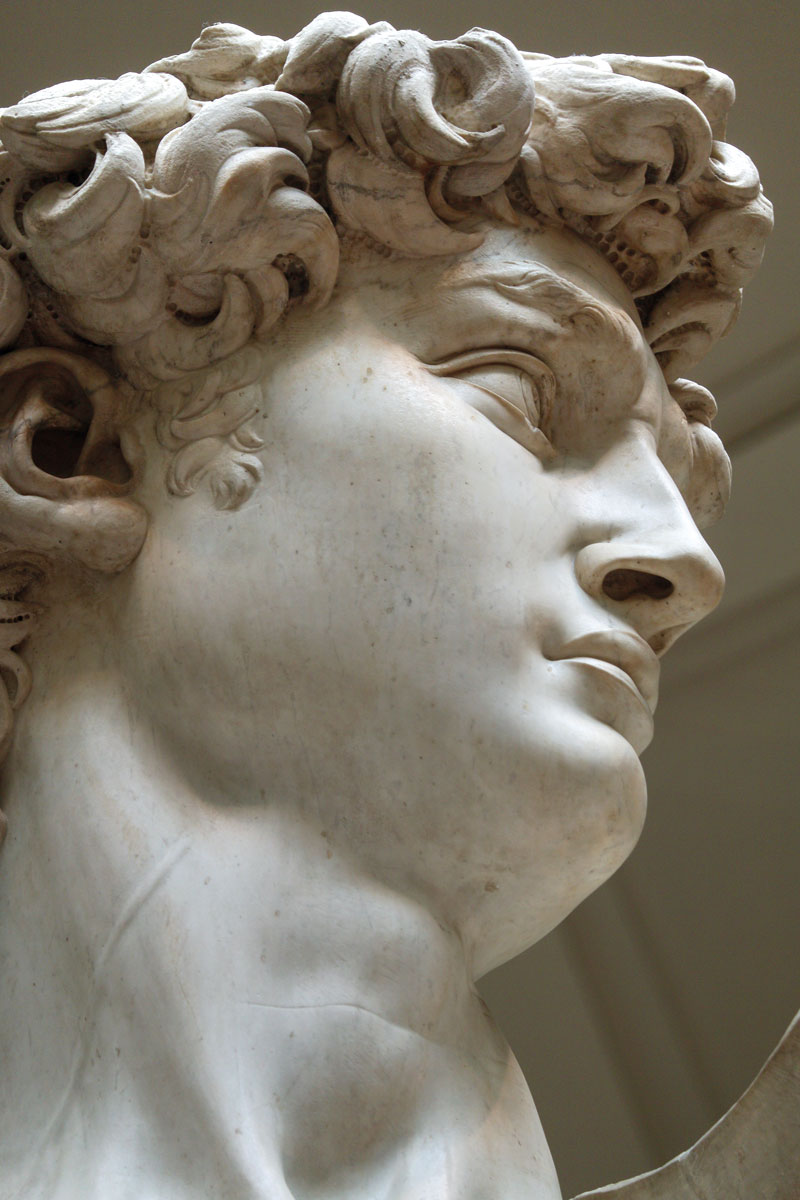
Joerg Bittner (Unna) / Wikimedia Commons
A prominent jugular vein is a sign of stressJoerg Bittner (Unna) / Wikimedia CommonsWhen visiting the Gallery of the Academy of Florence in Italy, intensive care physician Daniel Gelfman, from Marian University, USA, noticed a detail in the monumental sculpture of David that few notice: the bulging jugular vein on the right side of the neck (JAMA Cardiology, December 26, 2019). Protrusion of this vein is now a known sign of high blood pressure or heart problems, but Gelfman suggests that Michelangelo (1475–1564), the statue’s sculptor, did not intend to portray David as cardiopathic. After returning to the USA, the doctor consulted books and talked with colleagues in search of an explanation. Michelangelo had a strong knowledge of human anatomy, so it is unlikely the vein was sculpted in such a way by chance. In 1504, when Michelangelo finished David, little was known about the circulatory system—how it works was only discovered later, after Englishman William Harvey (1578–1657) described blood circulation in 1628 and Italian anatomist Marcello Malpighi (1628–1694) identified the connections between large and small vessels in 1661. Gelfman deepened his knowledge of art and concluded that Michelangelo would have noticed that the jugular veins of healthy people became more prominent at times of stress. Thus, the vein was probably enlarged because David was in an adrenaline-fueled situation, before facing the giant Goliath. The external jugular vein also appears in another sculpture by Michelangelo: Moses, who is also portrayed in a moment of stress.
Republish
